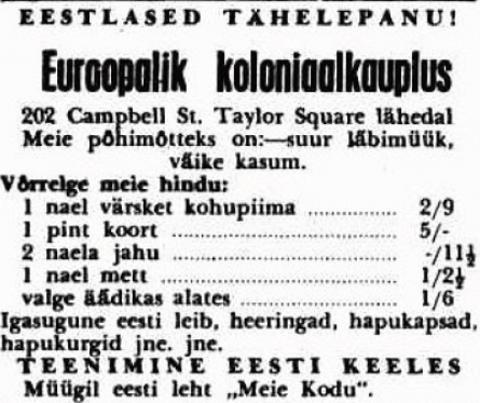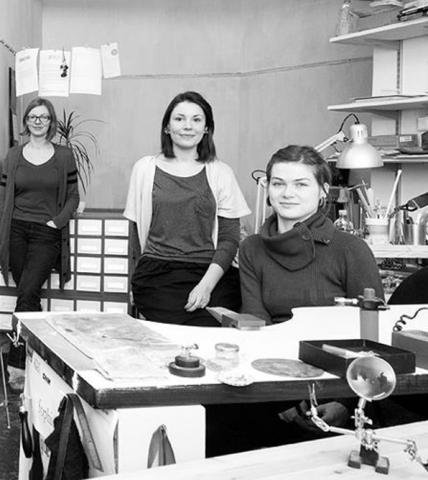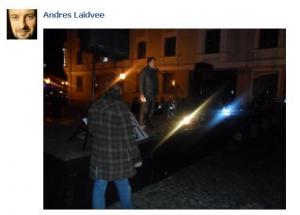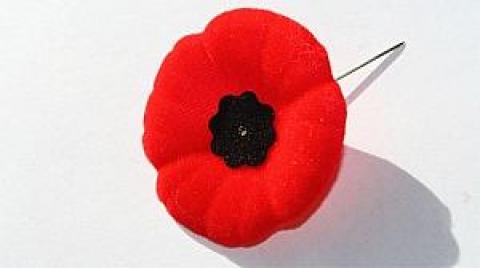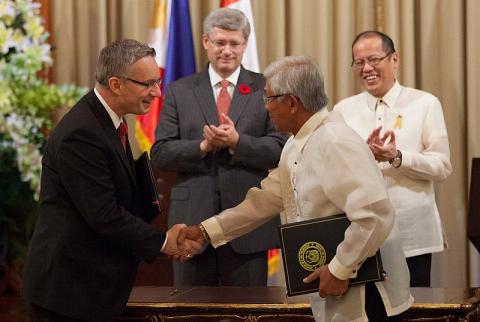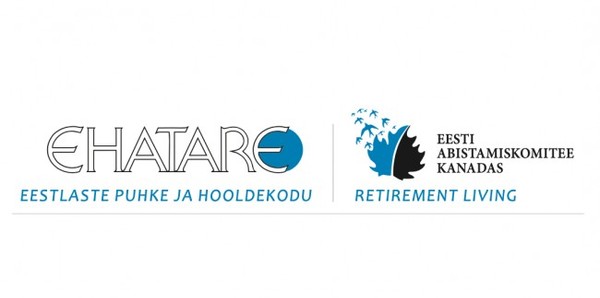By PETER NEVILLE-HADLEY, SPECIAL TO THE SUN
WHEN THE Berlin Wall came down and it turned out the domino theory that one state's fall to communism would topple successive neighbours actually worked better in reverse, there was a stampede from the West to visit the newly open Eastern Europe. Suddenly the continent seemed to have doubled in size.
But the domino theory didn't entirely work with tourism. Although Prague quickly surrendered to the post-1990 tourist blitzkrieg, as did Budapest, the eastward rush was faltering by the time it reached Warsaw, and more than a decade later the beautiful Baltic capitals of Tallinn, Riga and Vilnius still remain largely undiscovered except by neighbouring Finns, Swedes and Poles.
There's 700 years of architecture to be explored in these three pocket-sized republics --Estonia, Latvia and Lithuania -- with whole town centres already talent-spotted by UNESCO for World Heritage listing. The countries' year-old membership in the European Union should also help boost tourism.
Tallinn has a labyrinth of cobbled Gothic streets, Riga has the world's best collection of Art Nouveau mansions and Vilnius has masterpieces built during the Renaissance and Baroque eras.
Many of these now house boutique hotels, restaurants specializing in traditional dishes and cozy coffee houses.
Nightlife includes first-class opera and ballet in all three capitals at a quarter of the cost further west. Until everyone else arrives, and well-deserved popularity drives up prices, the Baltic states offer some of Europe's best value for money.
TALLINN, ESTONIA
Founded in the 13th century, Tallinn, on the Gulf of Finland, has a population of 430,000, making it the smallest of the three Baltic capitals. Its close ties to Helsinki , however, have made its economy the fastest growing.
Sometime around 1500, the builders of St. Olaf's church capped its 159-metre spire and set a record for the world's tallest man-made structure, which remained unbroken for almost 400 years. It's 250 steps up narrow stone staircases to a balcony overlooking a sea of steep, tiled roofs of the merchants' Lower Town.
Beyond is the high ground of the aristocratic quarter of Toompea, whose red-capped towers vie for attention with the spires of ancient churches.
Buildings up to seven centuries old sweep in long curving vistas of ochre, cream, grey and pink down to the town's defences, with some towers, such as Fat Margaret and Kiek in de Kok (Peep in the Kitchen), open as museums.
It's a steady climb through further fortifications up Long Leg, once the only access to elevated Toompea, whose seven hectares were home to the feudal noblemen of Danish, German and Swedish origin buried in the precincts of the small, white cathedral, the Dome Church. Their elaborate wooden epitaphs and a tangle of military and angelic figures enliven the interior.
Recreate medieval life with a stay at the Three Sisters Hotel, converted from three connected 14th-century storehouse-residences. The metre-thick walls make a tunnel of the entrance leading to a candlelit lobby and on to rooms where there's nothing medieval about the conveniences.
Restaurants such as Olde Hansa, also in a 700-year-old building, continue the medieval theme. The menu is an illuminated manuscript; the music is medieval, and cozy firelight flickers on plank tables. Hunters bring in fresh game daily, dishes are hearty and accompanied by cinnamon beer or five-berry schnapps.
ON THE ROAD TO RIGA ...
It's only a half-day drive to the Latvian capital of Riga, but worth breaking the journey at seaside Parnu, the Estonian summer capital, for a stay at the Villa Ammende of 1905, an Art Nouveau masterpiece of colourful tile, wrought and rolled iron, green-painted timber and blue plaster. Every wall has had its original, hand-painted motifs restored, and every room is stocked with furniture of the period.
RIGA, LATVIA
Like Tallinn, Riga was founded in the 13th century. Its one million inhabitants make it the largest of the three Baltic capitals and support a lively nightlife.
Riga also has its fair share of medieval buildings, including an ancient tower and several mansions, such as Reutern House, now open to the public.
But Riga's main glory is the world's greatest surviving collection of Art Nouveau architecture.
Several streets of post-First World War mansions remain, their facades decorated with owls, peacocks, lions, birds' heads and nudes, in white enamel, blue brick and yellow stone.
Nearby, the Ethnographic Open-Air Museum has a superb collection of 118 buildings dating from 1652 on, from across Latvia. Thatched roofs green with lichen top barns, a smithy and farmhouses on the 100-hectare lakeside site.
Occupied not only by Russians but in the past by Poles, Swedes and Germans, Latvia has no gourmet vocabulary of its own, but the trend was towards heavy dishes of pork, rye bread and pike-perch, with cream in everything.
Latvian-Canadian Martins Ritins, the country's only celebrity chef, has encouraged farmers to grow the variety and quality required by his restaurant Vincents' internationalized Latvian menu. This includes a borscht thick with cranberries and goose with red cabbage.
Of the three opera companies, it's the Latvian National Opera which has the biggest international reputation. Its snowy, neo-classical building is a city landmark, known as "our White House." The restored interior is sumptuous enough to be worth the price of the ticket itself, with red velvet everywhere from the upholstery to the gold-trimmed curtains and gilded figures around the balconies.
ON THE ROAD TO VILNIUS ...
One road to Vilnius, a half-day's drive away, passes the Hill of Crosses at Siauliai, which is an even more poignant reminder of resistance to Russia than the occupation museums to be found in all three capitals. As fast as the KGB could tear them down, markers recording those who had vanished into its clutches sprang up again on this rural site, now eerily forested with crosses and crucifixes.
VILNIUS, LITHUANIA
The oldest of the three Baltic capitals (founded in the 10th century), Vilnius has a population of 600,000 Russians, Lithuanians and Poles.
In Vilnius, many of the most memorable buildings are churches, and there are 20 in the old town alone under UNESCO listing. In the 16th century the Jesuits made Lithuania a front line against the Reformation. They founded the university in 1579 and initiated a large church building program from 1555.
The 16th-century St. Anne's is a masterpiece of flamboyant Gothic. Its pinnacled facade is made from 33 different kinds of brick set out in a dizzying arrangement of ribs, ridges and arches. At cupola-topped St. Peter and St. Paul the magnificent baroque interior is covered in a riot of around 2,000 life-size, creamy stucco reliefs.
The old town is a maze of fine 17th-century-and-older buildings, with many cafes, a street market, shops with linen, amber and toys, and excellent restaurants.
Forto Dvaras offers hearty Lithuanian peasant specialties: Didzkukuliai (potato dumplings), cabbage rolls, liver, pike and heart soup, all best washed down with earthy, sweet flavoured gira, made from bread.
Popular Avilys is a sophisticated basement space, lined with beer ads, and with its own microbrewery producing excellent beers.
A LAST PAUSE FOR REFLECTION ...
Trakai, 28 km west of Vilnius, was the medieval capital of Lithuania. Trakai Castle is a 13th-century, heavily fortified ducal palace on a small island in the middle of a lake, reached by a long, slender bridge.
It remains one of Europe's most photogenic fortresses, its red-capped towers reflected in the lake. It's perhaps best appreciated from a sunset table for two at Apvalaus Stalo Klubas (The Round Table Club), opposite, over a dish of roasted rabbit terrine with plums soaked in Armagnac and a glass or two from a distinguished wine list.
It just doesn't come any more romantic than this -- at least, until everyone else shows up.
BOTTOM LINE
TOURS: Packages, car rental and other services can be arranged by Riga-based Via Hansa (viahansa.com).
GETTING THERE: Ryanair (ryanair.com) flies from London Stanstead to Tampere near Helsinki, Finland. You can travel from Helsinki to Tallinn by Silja Line super seacat (silja.fi). Watch for more flights from Estonian Air (estonian-air.com), Lithuanian Airlines (lal.lt), and Air Baltic (airbaltic.com). Eurolines runs bus services between the three capitals (eurolines.com).
HISTORIC LODGINGS: Tallinn: Three Sisters (threesistershotel.com), Barons Hotel (baronshotel.ee), Parnu: Villa Ammende (ammende.ee). Riga: Hotel Konventa Seta (konventa.lv). Gutenbergs Hotel (gutenbergs.lv). Vilnius: Shakespeare Hotel (shakespeare.lt). Stikliai Hotel (stikliaihotel.lt). Reval Group (srshotels.com or 800-223-5652) runs modern lodging in all three capitals.
---
Original story:
http://www.torontosun.com/Travel/Europe/2005/05/01/1020924-sun.html
Gems of the Baltic - Toronto Sun
Kuumad uudised | 01 May 2005 | EWR
Kuumad uudised
TRENDING






